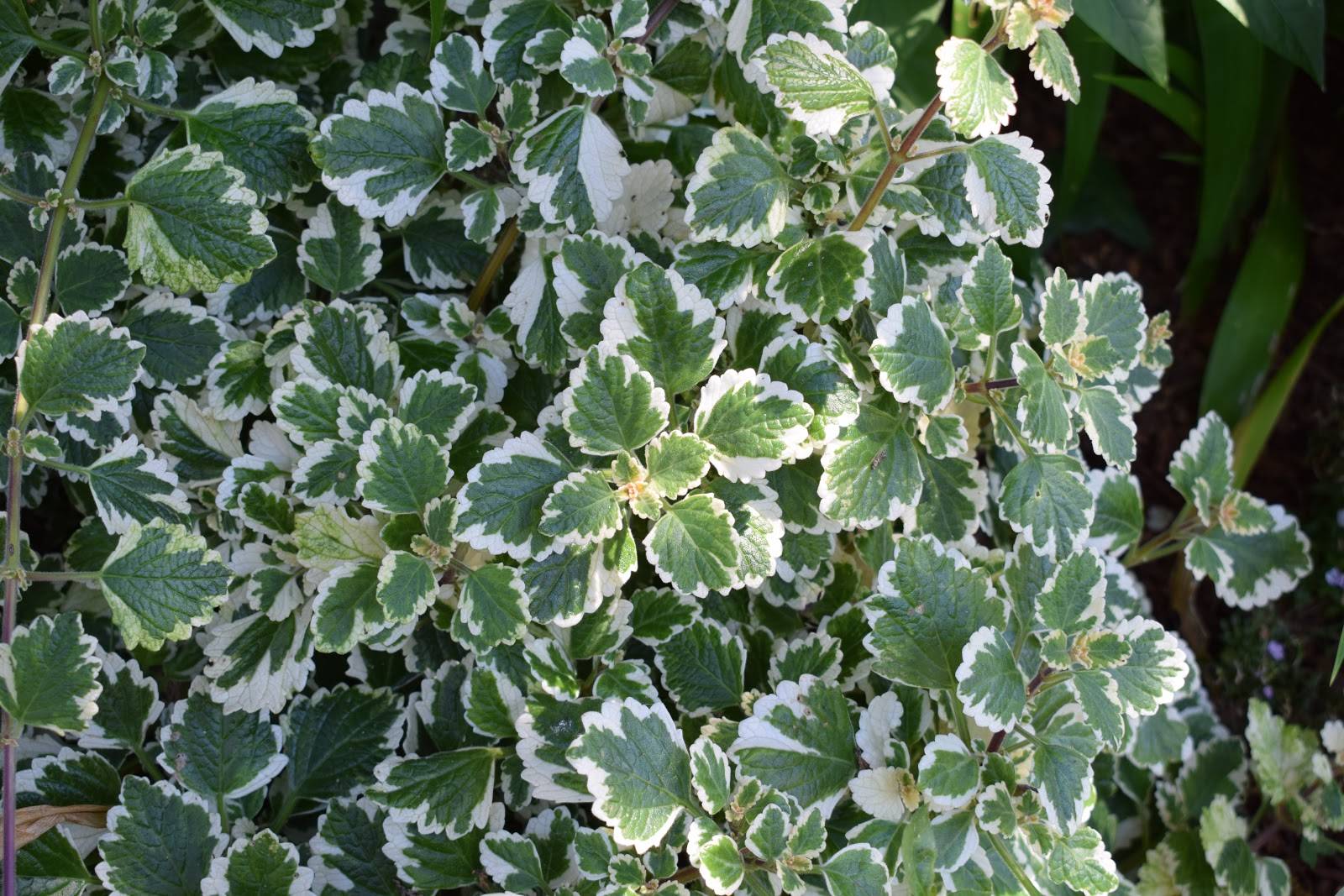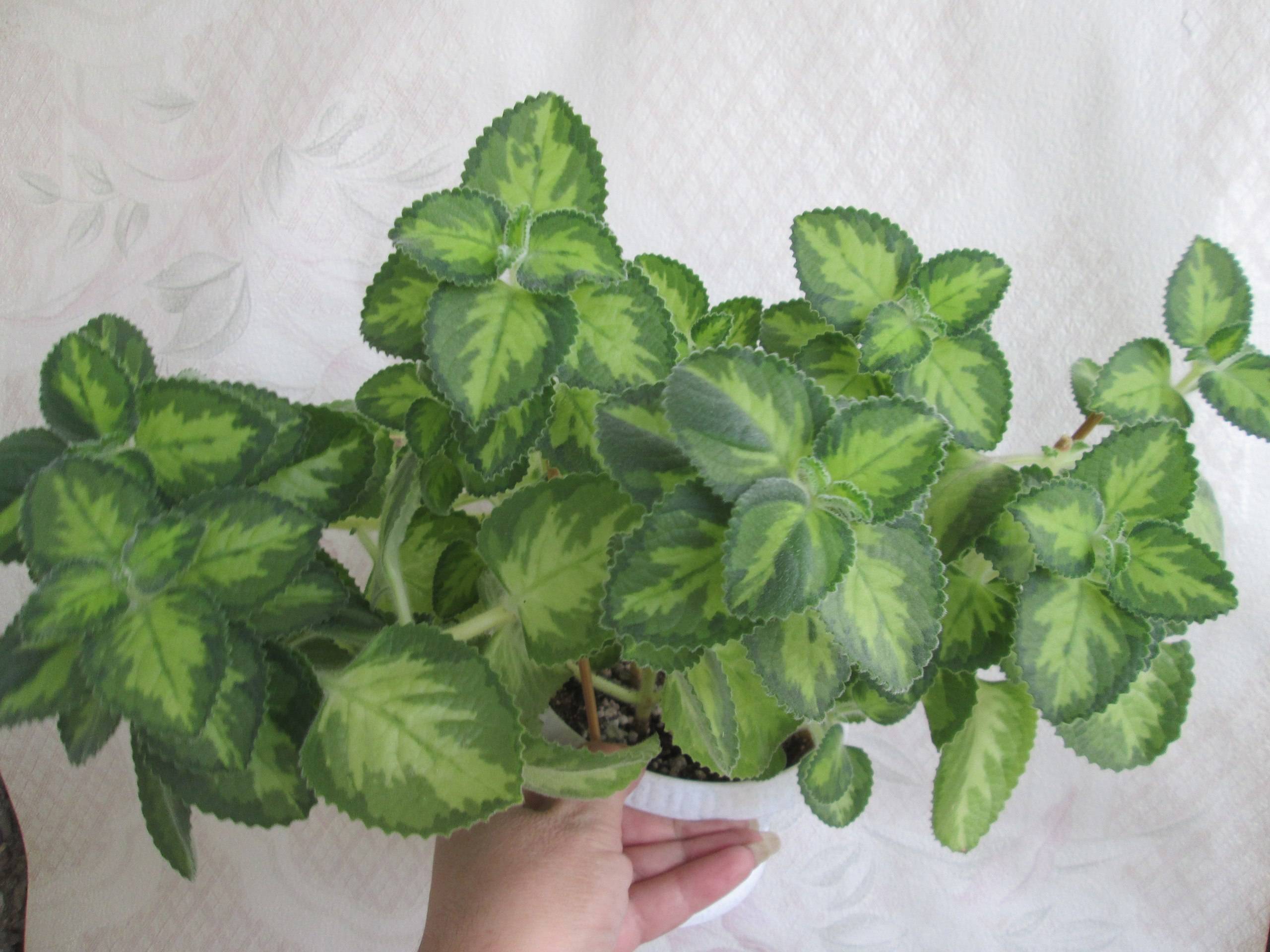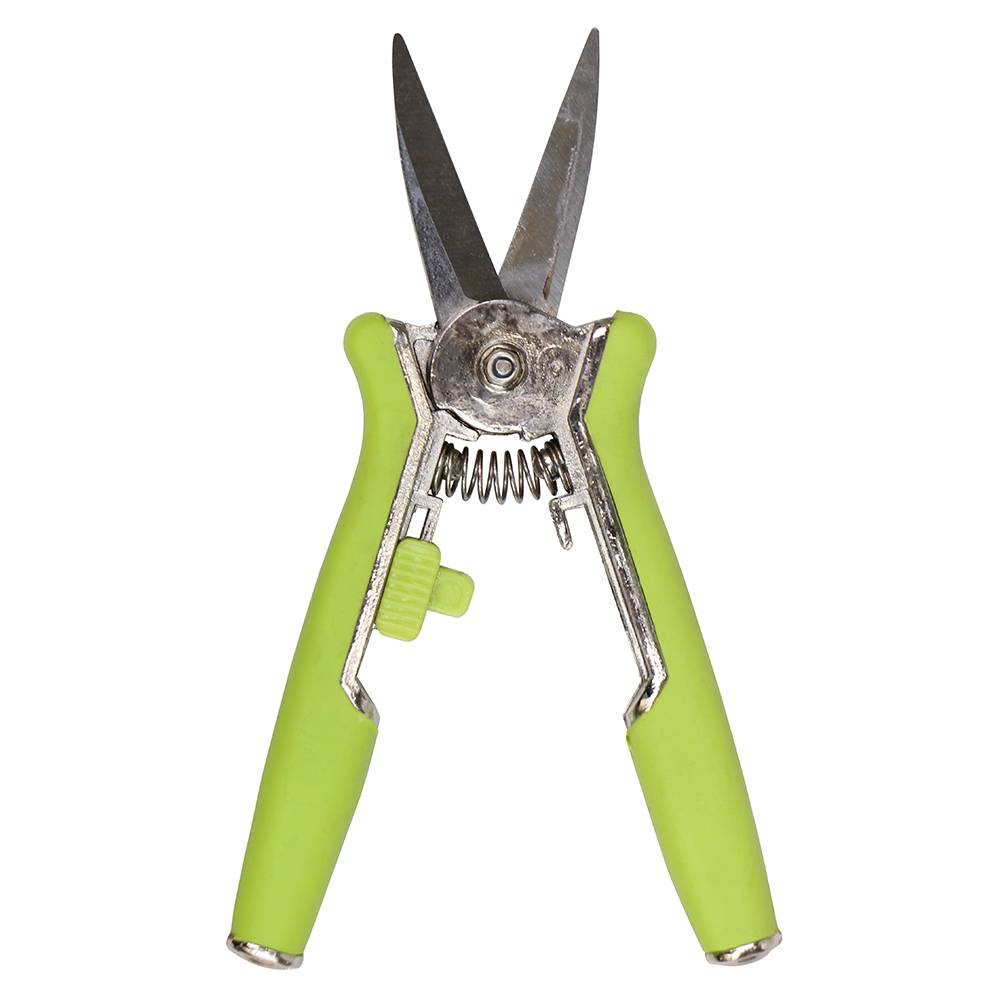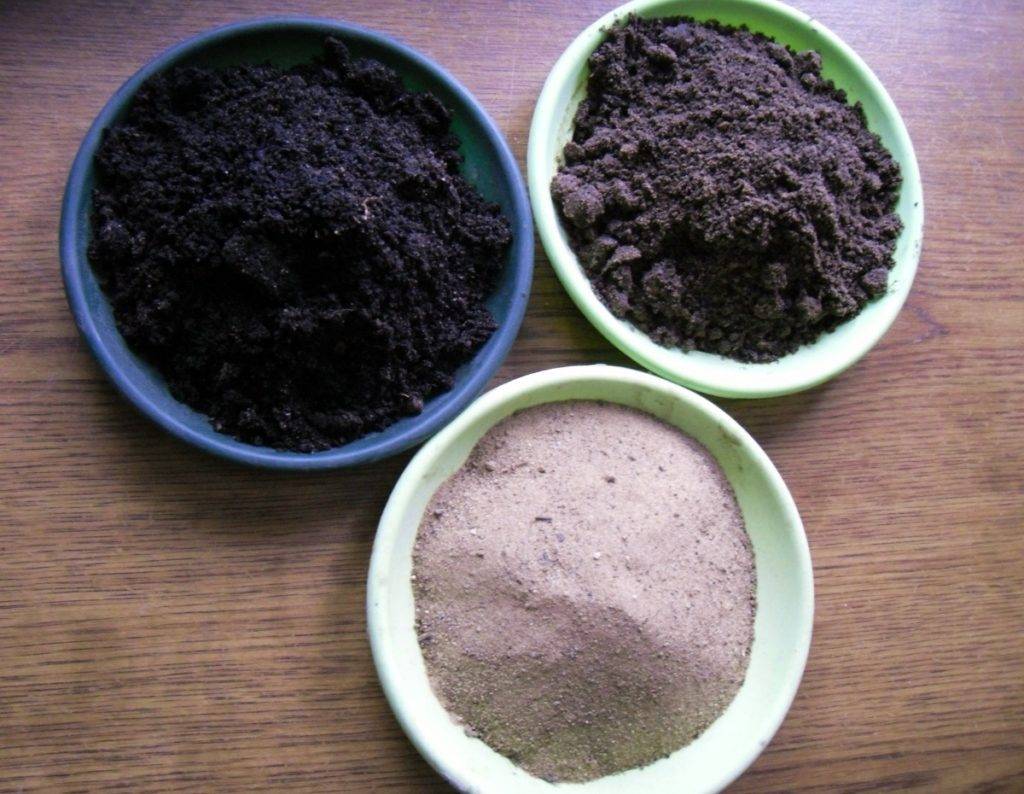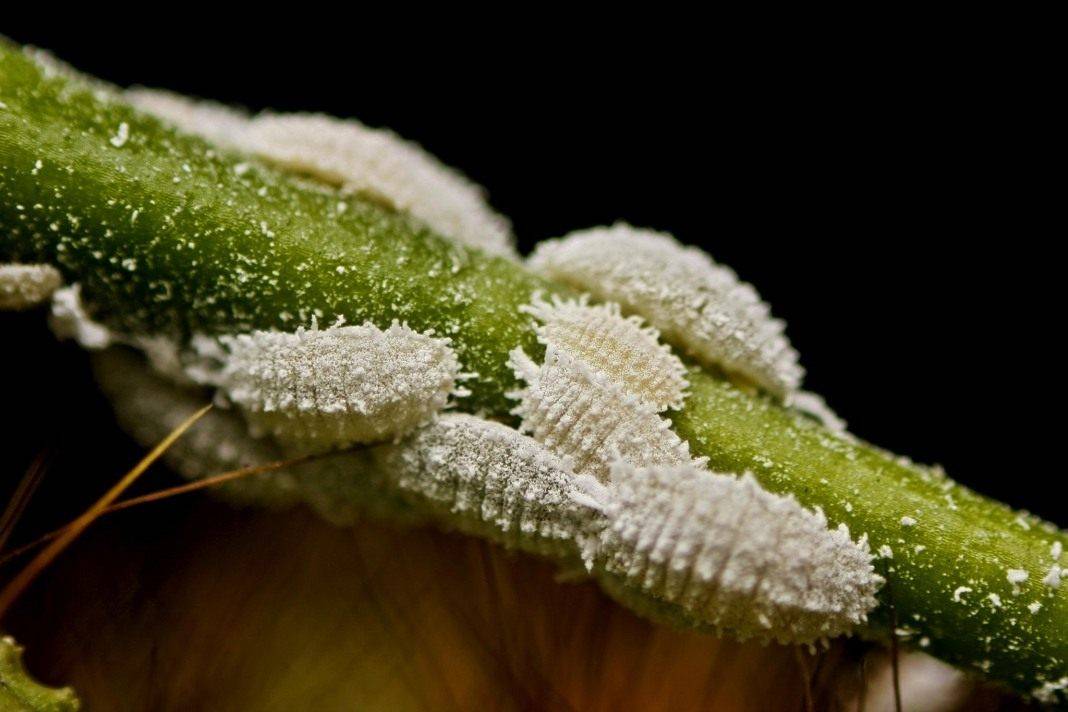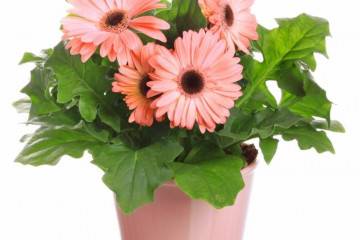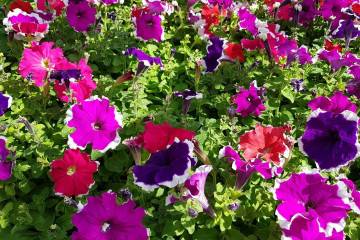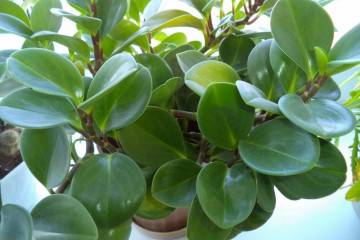Plectrantus (indoor mint) - home care
Content:
Indoor mint plectrantus or bristle flower is an evergreen that smells good. It is not poisonous, unpretentious and has medicinal properties. Such a flower can become a beautiful interior decoration.
What does it look like
Indoor plecantrus is of different types. Found naturally in Japan, India, Malaysia, Australia. In Scandinavia it is called Swedish ivy. In Russia, the flower is popular due to its use in traditional medicine.
Some varieties
Plectrantus Coleus-shaped is distinguished by straight shoots and large leaf plates (up to 8 cm in length), which are decorated with a white border. Sometimes spots or streaks appear.
Plectrantus Mona lavender looks unusual. The leaves of the plant are dark green and purple on the inside. The flowers are small and pale lilac, not very remarkable. Lavender plectranthus can decorate any room.
Another species with an unusual color is Ernst. It does not grow more than 50 cm in height, and the trunk can reach a width of 10 cm. Such a plant is well suited for creating bonsai.
Plectrantus Fragrant has a high branchiness, and its leaves are covered with small villi. This variety is the most common and is most often found in the collections of florists.
Plectrantus Yuzhny does not smell at all, and its leaves look like wax. Easily tolerates pruning, and therefore its crown can be given any look. With proper care, the shoots grow so densely that an unusual visual effect is created - as if the plant is transformed into a green canvas. This variety is also called ampelous plectrantus.
One of the most beautiful species has green leaves with an ornament of spots and streaks. Such a plant will become a decoration not only for home, but also for office space. It is called Ertendahl's plectrantus.
Some species have straight branches or creeping. Therefore, they are used to create a winter garden composition. Plectrantus Felt has waxy, matte leaves - this makes it unusual.
Healing properties
Indoor mint is known for more than just its appearance. She has good diuretic, expectorant, anti-inflammatory properties. The leaves of the plant are dried and brewed as tea.
Plectrantus Dubolistny and other varieties have the same medicinal properties. Therefore, you can use any room mint to brew tea.
Plectranthus Barbatus can bloom, and purple petals can also be used medicinally.
Care features
All varieties need certain conditions of maintenance, otherwise the plants will quickly lose their attractiveness and die. Plectranthus can tolerate small errors, but they should not be long-term.
Primary requirements:
- Temperature - during the period of active growth (from May to October), the optimal indicator is 25 ° С, in winter it is about 15 ° С. A slight increase or decrease is not considered critical.
- Lighting - diffused light, the duration of daylight hours is not less than eight hours. This is especially important for variegated varieties.
- Spraying - the procedure is carried out only in hot weather to prevent the plant from drying out.
- Watering is abundant during the period of active growth. The ground should always be moist. In winter, the amount of watering is reduced and the top layer of the soil is allowed to dry out.
- Top dressing - it is better to use universal products for ornamental plants. They are applied every two weeks during the period of active growth; fertilizers are not used in winter.
Plectrantus care is not so difficult, but some varieties require special conditions.
The plant should not be placed in a dark place, as otherwise the branches will stretch strongly. With a lack of watering, Plectranthus Coleoides loses its variegated color.
Winter care
All plants need a dormant period. At this time, they store up nutrients, accumulate strength for flowering and building up green mass.
Golden Ruffle and other varieties need a dormant period. It is organized from the middle of autumn, and it lasts until spring. At this time, the air temperature is lowered to 15 ° C, the number of watering is reduced, the daylight hours are reduced by an hour or two.
Plectranthus Oertendahlii has beautiful leaves with a white pattern. In order for it to survive, a dormant period is created for the plant from October to April. At this time, the flower must receive enough light, otherwise the leaves will be green.
Pruning
Plectranthus Nico is compact in size. Before the start of active growth, the crown can be carefully trimmed - this stimulates the development of lateral shoots.
The procedure requires a scalpel or secateurs. Damaged, weak, elongated stems are removed. They are cut to 2/3 of the length. Do not worry, as the cut branches will quickly begin to release lateral buds.
Ampel varieties can be pinched slightly to enhance growth. To do this, only the very tip is cut off from the shoot. Pruning depends on what kind of crown the owner wants to see from the plant.
Shrub plectranthus grow quickly, and with the right approach, they can be spherical. To do this, the lower leaves are cut off, and the upper shoots are pinched.
For proper trimming, the tool matters. When cut, the stem is injured and may start to rot. Therefore, the pruner or scalpel is treated with alcohol before use.
Experienced flower growers recommend sprinkling the cut with crushed charcoal. This product has a strong drying and antiseptic effect.
Reproduction
The plectrantus flower has unpretentiousness and an unusual appearance. Therefore, it can be found in many private collections and in botanical gardens. There are two ways to breed varieties - by cuttings and by dividing the bush.
At home, you can use both options. If you follow the technology, it is easy to get new copies of your plants.
Cuttings
The easiest and most affordable way to breed plectrantus mint is by cuttings. It is enough for him to cut off the shoot at least 10 cm long. He must be strong and healthy. It is better to cut off the lower leaves.
The stalk is placed in a glass of water and placed in a shaded place. Roots appear in 2-3 weeks. After that, the plectranus is planted in a small pot and standard conditions are organized.
Plectrantus of different types can be rooted in another way. For him, the stalk is immediately planted in the ground and the pot is covered with a glass jar. The soil is kept moist. The appearance of roots can be determined by the development of new leaves.
Dividing the bush
Another breeding method that is convenient to carry out during transplantation is dividing the bush.For this, the mint plant is carefully removed from the pot, the roots are cleaned of the earth. After that, the flower is slowly divided into several bushes.
The plectrantus plant tolerates this procedure well. The plots are planted in different pots and create standard conditions for their growth.
Seeds
There is another breeding option - through seeds. But it cannot be used at home. After flowering, you need to pollinate the flowers and wait for the formation of fruits that will contain seeds.
It is optimal to breed plectrantus by cuttings or by dividing the bush. These two methods are reliable and deserve the attention of both beginners and experienced florists.
Transfer
It is very easy to grow plectranthus, as it needs minimal conditions. Due to its unpretentiousness, it perfectly tolerates small errors in the content.
Up to four years, the plant needs to be replanted annually - this is due to active growth. The pot should be 1 cm larger than the earthen ball. In the process, it is important to inspect the root portion for pests and damaged parts.
Plectrantus needs proper and competent care. Therefore, the soil must be selected taking into account the characteristics of the plant. A universal mixture is suitable for all varieties, but it is better to prepare the soil yourself. For this, humus, turf, peat, sand are taken in equal parts.
After four years, indoor mint is transplanted once every three years. The procedure is best done in the spring before the start of active growth. Further, the plant is looked after according to the standard scheme.
A drainage layer in the form of expanded clay or broken brick must be laid at the bottom of the pot - this is necessary to prevent soil overflow.
Pests
The owner may be faced with the question of whether homemade plectrantus mint is safe, whether it can be eaten. The leaves are fine for making tea, but they should be healthy.
The plant is known for its unpretentiousness and resistance to various diseases. Therefore, it must be regularly examined for the identification of various pests.
Downy mildew
For example, when the soil is waterlogged or the air temperature is low, downy mildew develops. It develops gradually and the affected area is small at first. With such a disease, the leaves are covered with gray specks.
The solution to the problem is simple. It is necessary to transplant the plant into new soil, remove the affected areas, adjust the air temperature. With a lack of moisture, the shoots of the plectrantus become lethargic and drooping. For treatment, you need to adjust the amount of watering and remove sore spots.
Mealybug
The worm can be detected with a simple visual inspection. He looks like white insects. They move quickly and accumulate on the stems of the plant. They cause stunted growth and can be fatal.
It is easy to get rid of pests - a cotton swab is moistened in soapy water and all insects are removed with it. After that, the plant is sprayed with garlic infusion (1 head per 1 liter of water) at intervals of a week.
You can use any insecticides "Aktaru" or "Fitoverm". The preparations are diluted in accordance with the instructions and the plant is treated every 10 days.
Spider mite
With an insufficient level of humidity, a spider mite starts up on the plectrantus. It is easy to spot by its characteristic cobweb on the leaves. With this pest, the plant begins to dry. For treatment, insecticides are used and the level of humidity is regulated.
Aphid
Sometimes plectrantus infects aphids, which, like mealybugs, love juicy young shoots. It is also easy to spot during visual inspection - these are small green insects. They fight it with the same methods as for the defeat of the mealybug.
Diseases
Diseases of room mint develop with improper care.
Leaf burns
The plant needs good lighting, but direct sunlight causes burns. They appear as brown dry spots. If they are found, the pot is urgently removed to another place, the affected areas are removed.
Withering foliage
Sluggish and yellow leaves indicate low air temperatures. In this case, the plant is rearranged to another place. In order to make it easier to control the temperature level, you need to hang a small thermometer in the room.
Plectrantus is an unpretentious evergreen plant that is distinguished by its varietal variety. With proper care, these bushes will delight the owner for many years.

